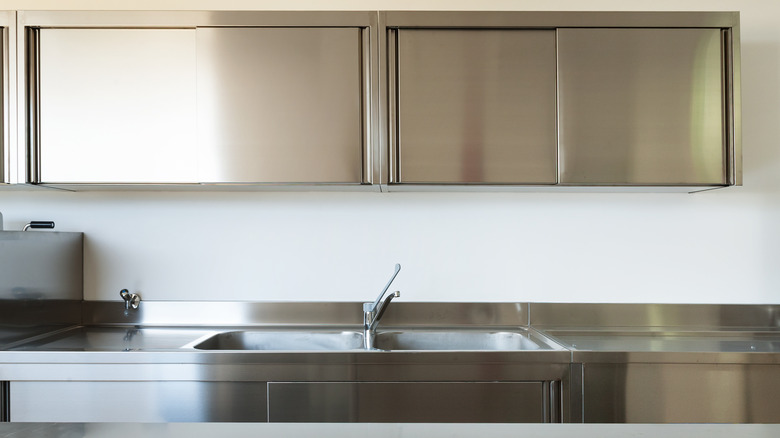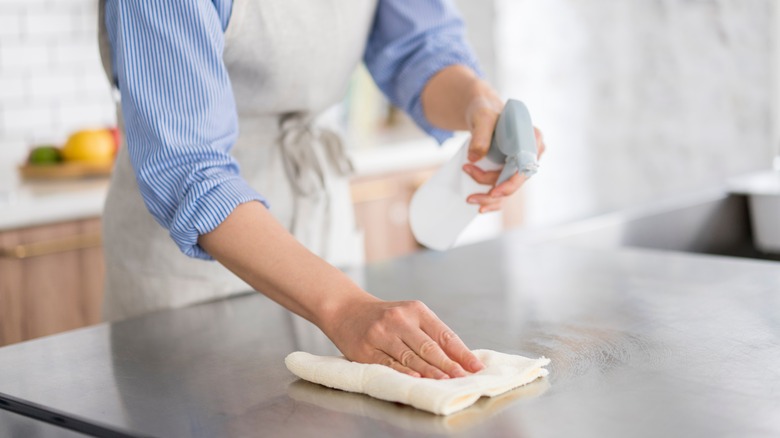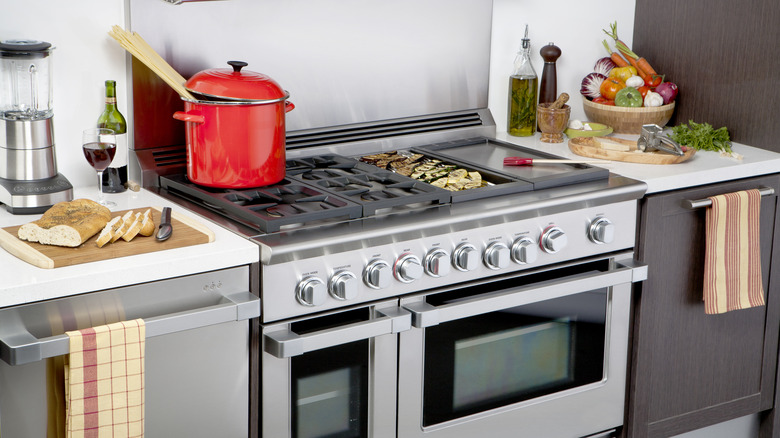The Major Benefits Of Installing A Top-To-Bottom Stainless Steel Kitchen
As long as you can keep your stainless steel appliances spot-free, they are a great addition to any kitchen. One of the newest design trends is taking this striking material beyond the appliances and installing it across the entire space. You can add it to areas like cabinet fronts, countertops, backsplashes, and sinks. Making use of stainless steel in these extra areas of the kitchen makes it far easier to sterilize and clean the space, to deliver durability in a portion of the home that receives constant use, to improve the resale value of the home, and to create an environmentally friendly design.
Making use of stainless steel throughout an entire layout is a common occurrence in a commercial kitchen, where the strength, durability, and hygienic nature of this material is especially beneficial. You can enjoy those same benefits inside your home's kitchen when you take advantage of this latest design trend, while also receiving a uniform look in the design of the entire space that matches the appliances you may already own.
"In kitchen design, function is just as important as aesthetics, and the use of stainless steel can provide a timeless option as it seamlessly marries visual allure with practicality," Niko Rasides, design director of Nicholas Anthony, tells Homes & Gardens. "Contemporary design features such as a stainless steel backsplash have become a staple in modern kitchens, offering a host of benefits that render them a favored choice among homeowners."
Stainless steel kitchens are extremely easy to clean
Although you may not have the same requirements for creating sanitary conditions in your residential kitchen versus what needs to happen in restaurants and food processing facilities, stainless steel can make the entire cleaning process easier, regardless of where you use it. Because stainless steel is non-porous, it will not absorb liquids, grease, or other types of grime, which means cleanup often requires little more than mixing soap and water and doing a wipe down. Should you need to remove bacteria and germs, you can make use of a disinfectant when you are cleaning without harming the stainless steel.
Another key factor when cleaning is that stainless steel will not corrode or rust when exposed to regular moisture. Stainless steel's composition gives it these corrosion-resistant properties, as it forms a chromium oxide layer when exposed to the air. This layer doesn't allow water to penetrate, which helps the material remain rust-resistant.
When cleaning this material, the biggest problem you may encounter is constant fingerprints or water stains. You also may find that the material dulls over time. The best way to keep it looking new and to remove these blemishes is to learn how to polish stainless steel properly. When you polish this material regularly, you can maintain its mirror-like finish, and you can remove contaminants that you may not even be able to see, along with the fingerprints and the water spots.
Creating a stainless steel kitchen is a good investment
Another major benefit of creating a stainless steel kitchen is that it is a beneficial option in terms of value. Although it can cost around $150 per square foot to install this material as countertops and in other areas of the kitchen, you may receive this money back down the road in terms of the improved value to your home. With stainless steel throughout the kitchen, including the appliances, you may potentially sell your home faster because it's the most desirable finish among homebuyers. "All things being equal, it will make a house sell faster. Buyers go for stainless every time," Louisiana realtor Patricia Anderson told HomeLight.
It's a highly durable material, giving you decades of high-end performance. Countertops alone can last 20-plus years, and other areas — like a backsplash that isn't exposed regularly to harsh treatment — can last far longer, even more than 50 years. With this kind of longevity, you don't have to replace the material as often, giving you a good value for your initial investment.
It's worth nothing that stainless steel is an eco-friendly product, thanks to the fact that you can recycle it at the end of its useful lifespan. Stainless steel is completely recyclable because it doesn't lose any of its beneficial properties when you recycle it. In fact, most new stainless steel products in North America currently make use of 60% or more recycled materials.


